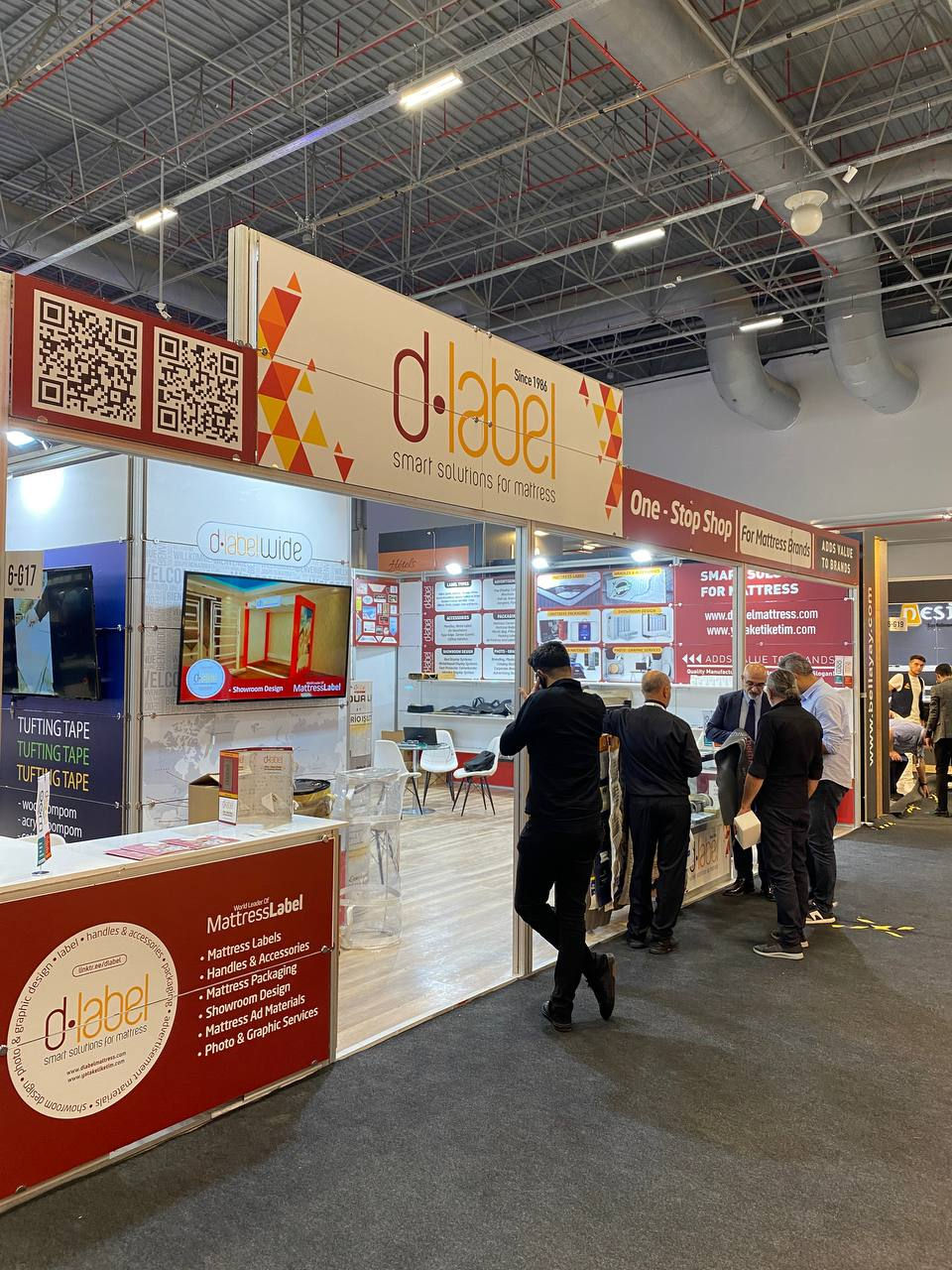Are Bed Fairs Still Relevant for the Mattress Industry? Exploring the Future of Digital Trade Shows
- bilal karakuş

- 5 Tem 2024
- 2 dakikada okunur
Güncelleme tarihi: 1 Eyl

The mattress industry has long relied on trade shows as a primary platform for showcasing new products, connecting with potential customers, and staying ahead of industry trends. However, the rise of digital technology has challenged the traditional model of trade shows, prompting the question: are bed fairs still relevant for the mattress industry in today's digital age?
The Enduring Value of Bed Fairs:
Despite the growing popularity of online marketplaces and e-commerce, bed fairs continue to hold significant value for the mattress industry. These events provide a unique opportunity for manufacturers, retailers, and other industry professionals to gather in person, fostering meaningful connections and facilitating in-depth product demonstrations.
Key Benefits of Bed Fairs:
Tangible Product Experience: Unlike online platforms where products are represented solely through images and descriptions, bed fairs allow attendees to physically interact with mattresses, assessing their comfort, support, and overall quality. This hands-on experience is crucial for purchasing decisions, particularly for high-end mattresses.
Networking and Relationship Building: Bed fairs serve as networking hubs, bringing together key players from across the mattress supply chain. These interactions foster relationships, generate leads, and promote collaboration among industry partners.
Brand Awareness and Exposure: Bed fairs provide a platform for brands to showcase their latest innovations and strengthen brand recognition. The concentrated audience of industry professionals and potential consumers offers a valuable opportunity for brand exposure.

The Rise of Digital Trade Shows:
The digital landscape has revolutionized the way businesses interact and conduct transactions. This shift has extended to trade shows, with the emergence of virtual and hybrid events. Digital trade shows offer several advantages, including:
Global Reach: Online platforms transcend geographical barriers, allowing exhibitors to reach a wider audience beyond the limitations of physical events.
Accessibility and Convenience: Digital trade shows eliminate travel and accommodation expenses, making participation more accessible and convenient for attendees worldwide.
On-Demand Content Availability: Virtual events provide on-demand access to product presentations, seminars, and networking opportunities, allowing attendees to revisit content at their convenience.

The Future of Trade Shows in the Mattress Industry:
The future of trade shows in the mattress industry is likely to involve a hybrid approach that combines the strengths of both physical and digital events. Physical bed fairs will continue to play a role, providing the irreplaceable value of in-person product interaction and networking. However, digital trade shows will also gain prominence, offering expanded reach, accessibility, and on-demand content.
dlabel: Embracing the Hybrid Approach
At dlabel, we recognize the importance of both physical and digital trade shows in the mattress industry. We actively participate in leading bed fairs worldwide, showcasing our innovative mattress labels, bed boxes, and bed handles to a global audience. Simultaneously, we leverage digital platforms to connect with customers, share product information, and expand our online presence.

Conclusion:
The mattress industry is at a crossroads, with technology transforming the traditional landscape of trade shows. While bed fairs continue to hold significant value, digital trade shows offer compelling alternatives. The future lies in a hybrid approach that embraces the strengths of both physical and digital events, ensuring that the mattress industry remains connected and dynamic in an ever-evolving marketplace.






Yorumlar